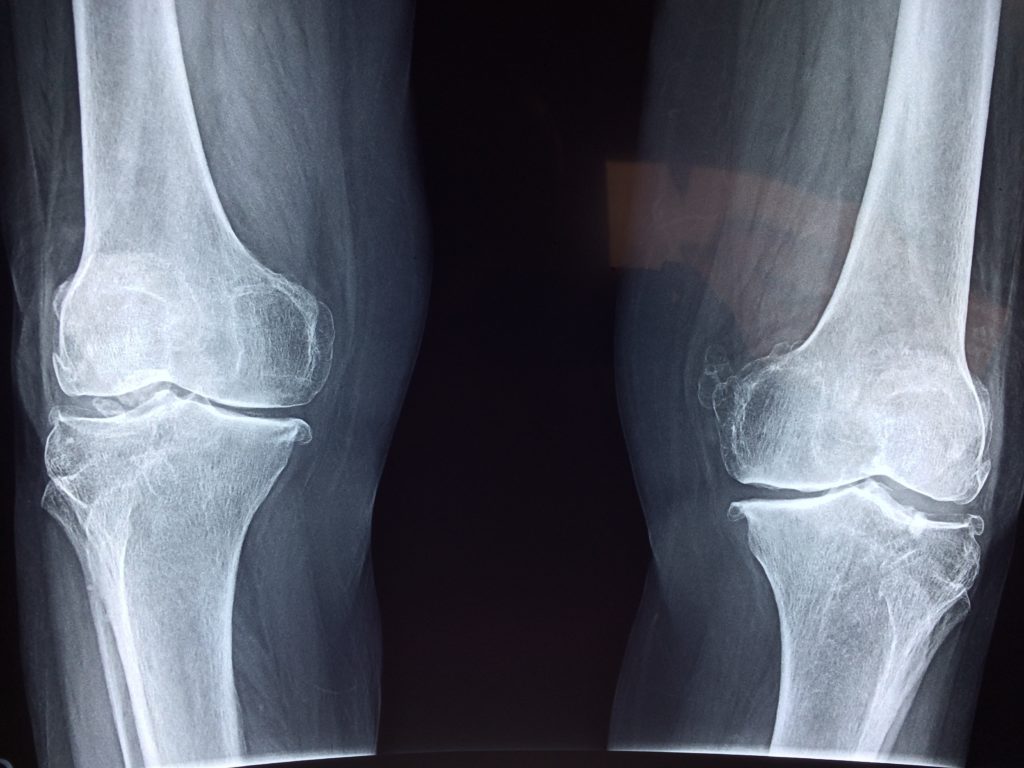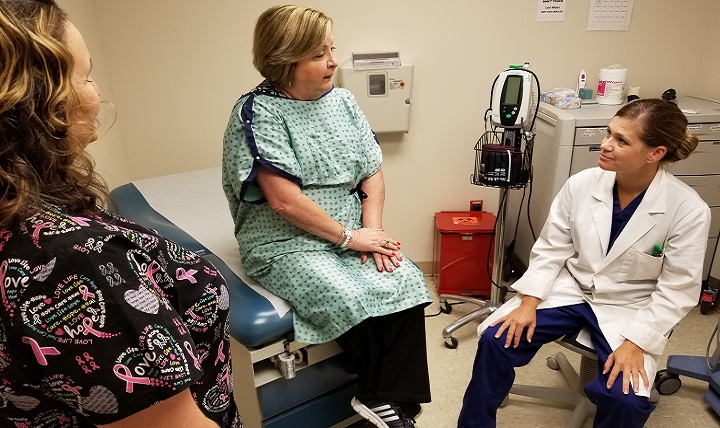
8 Things About Your Bones Before You Hit Menopause
1. Osteoporosis – An Overview
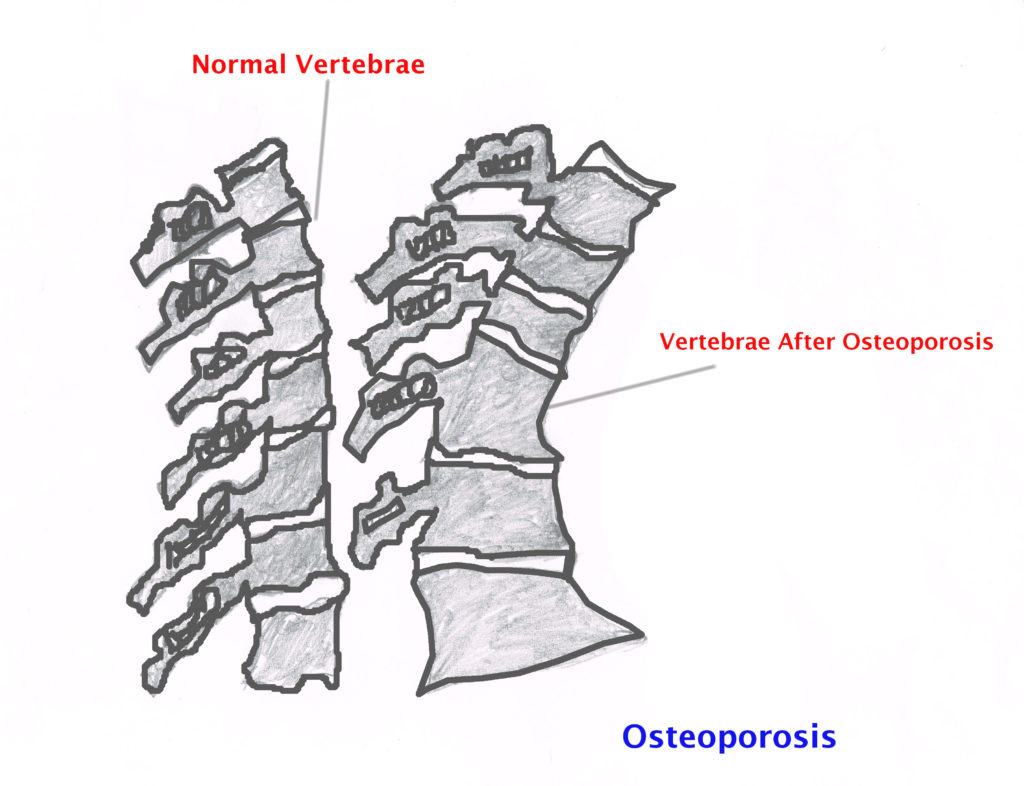
One of the most common bone diseases of all times, osteoporosis is something which makes your bones fragile and all the more prone to fractures and injuries. The word literally breaks up to mean – porous bones, or simply put, the bones that have lost most of their density and have thus become weak and hollow.
The bones in your body are made up of these complex living tissues that get generated, destroyed and regenerated all over again, all the time. As far as age is concerned, the bone mass usually only grows till the age of 30, after which it starts to decrease. Experiencing a gradual bone loss after the 30 mark is, in fact, common.
2. What Causes Bone Loss?
As you age, more and more bone mass tends to get lost, while our body’s rate and ability to replace that mass reduces with time. Apart from age, however, your diet and lifestyle also affect the rate at which the bones grow or lose their mass. Injuries, hereditary problems and even the prolonged use of several medications can also cause the problem of osteoporosis to surface.
3. Osteoporosis – Two Common Categories
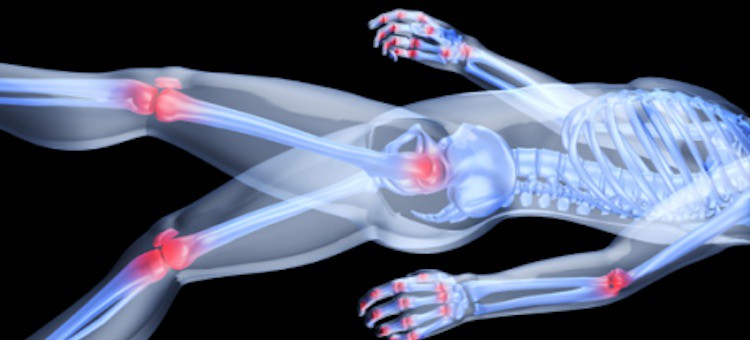
Unfortunately, the condition of osteoporosis is more frequently faced by females, especially those nearing menopause. Osteoporosis, therefore, can be categorised as either one of the following two
- Post Menopausal Osteoporosis ( type I), and
- Senile Osteoporosis (type II).
4. Understanding The Type I

As the name suggests, the post menopausal osteoporosis generally surfaces after a woman has reached the stage of menopause. It is caused primarily due to the levels of estrogen hormone going down. Oestrogen is a female hormone which is responsible for bone formation in our body. Any reduction in its levels not only affects the rate of bone formation, but also cause the bones to lose calcium and other important minerals more quickly and frequently. All of these factors together lead to what we call ‘bone loss’, and therefore, the onset of osteoporosis.
5. The Senile Osteoporosis – Post Menopausal
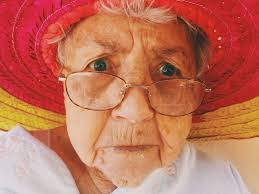
A Matter of Age Senile osteoporosis is usually experienced after having reached the age of 70. Also known as a Geriatric Syndrome, Type II Osteoporosis has more to do with the overall health of your bones as you age. In this case, the bones are said to have become so extremely weak, owing largely to an increased rate of bone resorption and a much slowed rate of bone formation. In the process, the bone mass tends to decrease, thus making the bones weaker and more hollow. Again, just like the type I variant, females are more likely to experience this particular bone condition than of men their age.
6. Senile osteoporosis – Causes and Concerns
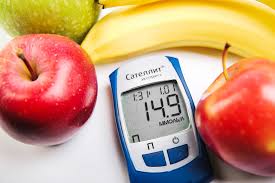
Senile osteoporosis is usually experienced when your body, especially the intestines, become incapable to absorb sufficient amount of calcium, or produce enough vitamin D. As you know, calcium and vitamin D go hand in hand in order to look after the overall health of your bones. In case of their deficiency, the bones have to end up bearing the brunt. Besides, a reduced adrenaline function also contributes to the onset of type II osteoporosis.
Other factors that may increase the likelihood of this condition include
-
rheumatoid arthritis,
-
hypogonadism,
-
malabsorption syndrome,
-
diabetes,
-
chronic liver disease,
-
chronic kidney disease,
-
chronic obstructive pulmonary disease and,
-
several neurological disorders, etc.
7. Symptoms, Big And Small
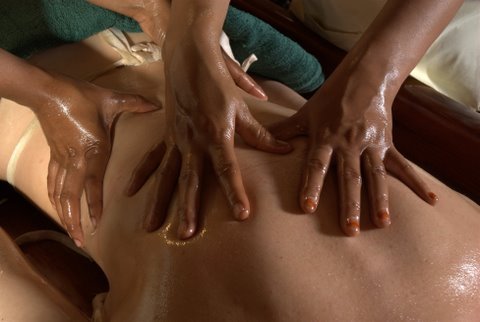
In case of senile osteoporosis, the entire bone structure in your body tends to get affected and become more prone to fractures. This especially includes the proximal humerous, the hip, the tibia as well as the pelvic region. A gradual reduction in your height may also be experienced in few cases, owing to the formation of a slight hump on the back. However, one of the most common symptoms relating to senile osteoporosis is this sharp, shooting pain in the lower back of your body. It tends to become chronic with time, and aggravates when we have been standing for longer intervals.
8. The Cure And The Looking After
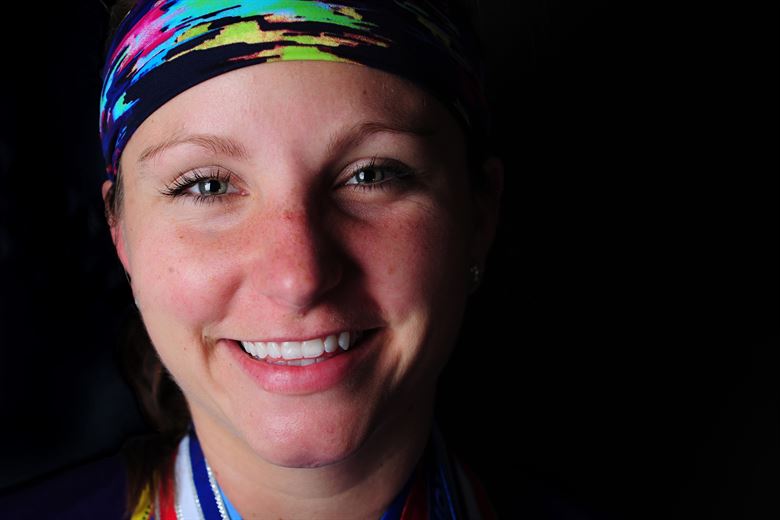
It is important to note that senile osteoporosis is a serious condition as it can cause us to lose partial or complete mobility, and the fact that it makes fractures more frequent can also lead to traumas or even cause death. An increased intake of health supplements, especially calcium, vitamin D, and other essential minerals may help in reducing the severity. Indulging in weight bearing exercises is another thing that might help make our bones stronger and more adept. Hormone replacement therapy, in case of estrogen levels having significantly dropped might also be beneficial.
Article Published Here.
Watch Video: 20 Natural Painkillers in your Kitchen!
About the Author:
Dr Sonica Krishan is Author and Speaker in the areas of Healthy and Joyous Living through Ayurveda, Meditation, Yoga and other Contemplative practices. She is a leading Ayurveda Professional in India. She is also Health Writer, Columnist, Editor, Ayurveda Consultant and Holistic Healing Coach. Dr Sonica is open for National as well as International Collaborations with interested people / institutions in fields of Ayurveda, Meditation and Yoga.
Dr Sonica Krishan’s Books are available at Amazon
Related Posts:
Know How Folic Acid Benefits As Nerve Tonic
Gain Vitamin D Effectively From UV Rays Of The Sun

